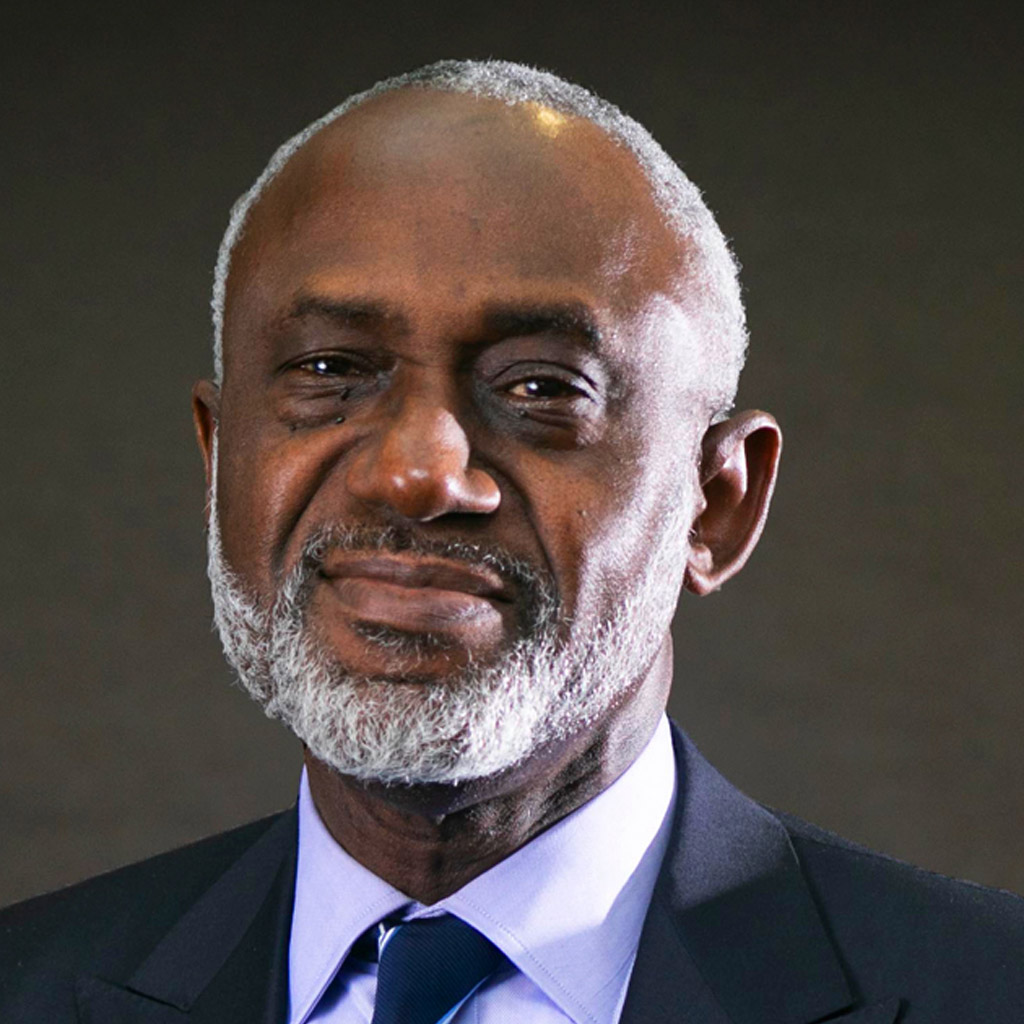Subscribe to our Newsletter to receive the latest updates on our content. By tapping the “Subscribe” button you will be redirected to subscription page. Subscription is free.
In 2050, Africa’s cities will look nothing like they do today. Projections show the continent’s urban population tripling, with nearly two-thirds of Africans living in towns and cities. Seventeen of those will be “mega-cities” with populations above 10 million, placing Lagos, Kinshasa, and Cairo alongside the world’s largest metropolitan areas. Nigeria’s urban population alone is expected to reach 250 million, the fourth largest globally, while Egypt will rank in the top ten with 147 million.
For investors, this demographic transformation should not be viewed as a looming crisis of overcrowding and strained infrastructure. It is, in fact, the single largest growth opportunity of the century. The question is not whether Africa will urbanise, but how investors and governments choose to manage and monetise this transformation.
Scale of Demand
The numbers speak for themselves. Between 2020 and 2050, 80 percent of Africa’s population growth will be absorbed by urban areas. That expansion will bring extraordinary demand: homes, utilities, power, transport networks, hospitals, and schools. Deloitte estimates that sub-Saharan Africa alone requires USD 93 billion annually for infrastructure over the next decade. Yet current government budgets cover only about USD 25 billion, leaving a funding gap that can only be met by private and blended capital.
Indeed, this gap should be perceived as a strong market signal. Each shortfall in public capacity represents a potential investment frontier for firms willing to build bankable projects that solve real urban problems. Housing developments linked to reliable utilities, transport corridors that reduce congestion, or renewable energy plants integrated into fast-growing cities. Not only are these social needs, but they are also commercial opportunities with guaranteed demand.
Shifting Perspectives on Risk
One of the common misconceptions among international investors is that Africa’s urban surge represents an unmanageable risk. Political transitions, currency volatility, and governance issues are often cited as reasons for hesitation. Yet the track record of successful public-private partnerships (PPPs) across the continent suggests a more nuanced reality.
Nigeria’s Lekki-Epe Toll Road, built under a PPP model, has transformed road infrastructure in Lagos. The Azura-Edo Power Plant, a USD 900 million investment, now delivers electricity to over 14 million people. South Africa’s Renewable Energy Independent Power Producer Procurement Programme has mobilised over USD 14 billion in private investment and added more than 6,000 MW of renewable capacity. These projects show that, with the right frameworks, African urban infrastructure can be bankable. They also illustrate the broader point: risk is not eliminated, but it can be managed and rewarded.
For Asian investors, the parallels are familiar. Asia built its growth on rapid urbanisation, industrialisation, and infrastructure-led expansion. The difference is that Africa’s curve is steeper and faster. The advantage lies in timing. Technology, blended finance, and innovative PPPs now exist to compress timelines and leapfrog older models.
The real dividend comes when urbanisation is treated not as a burden but as an investable megatrend. Investors who see cities as ecosystems, where housing, energy, transport, and governance are planned together, will be best placed to capture returns.
Urbanisation Dividend
Africa’s growing middle class highlights the scale of the opportunity. It is projected to expand by 157 percent by 2040, creating millions of new consumers with rising expectations for housing, mobility, healthcare, and digital services. For investors, this means urban infrastructure is not only about concrete and steel; it is also about tapping into new consumer markets and shaping ecosystems where commerce can flourish.
The dividend of urbanisation comes when infrastructure is treated as both a foundation for growth and an investable asset. Special Economic Zones in Kenya and Nigeria, for instance, are already demonstrating how integrated planning, combining housing, industry, logistics, and utilities, can generate predictable returns. In Egypt, the New Administrative Capital and large-scale projects like the Madinaty Spine are signalling what is possible when ambitious urban visions are backed with capital and technology.
Building with Scale and Vision
The business secret is simple, though not easy – the urbanisation dividend will not be realised by fragmented projects or piecemeal initiatives. It requires scale. Investors who succeed in Africa will be those who approach cities as entire ecosystems, places where housing must be planned alongside transport, energy alongside industry, and governance alongside private capital.
This is where Asian and African investors have a natural partnership. Asia brings experience in scaling city projects, while Africa brings the world’s fastest-growing urban markets. Together, the opportunity is to build cities that are not only larger, but also smarter, greener, and more inclusive than many of their global peers.
A Forward-Looking Investment Thesis
Africa’s urban transformation is inevitable. Whether it becomes a crisis of unmet demand or a dividend of shared prosperity will depend on how we invest today. The demographic surge is not a temporary phenomenon; it is the defining structural trend of the next three decades.
For investors, the message is clear. Do not wait for perfect conditions. The conditions are already set: Africa will urbanise, and the market for housing, infrastructure, and services will expand at historic speed. The winners will be those who see urbanisation not as a problem to be managed, but as a dividend to be captured.

